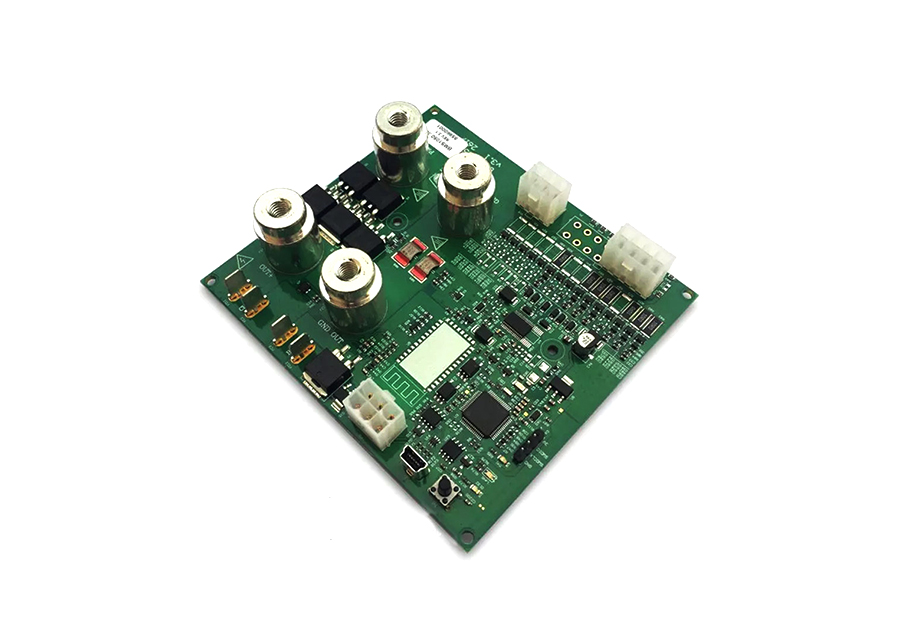-
CN
-
Service Hotline
+8618129931046 Mr. Liao


Time:2025-05-24 Views:1

Multi - layer PCBs are subjected to various types of stress during their manufacturing, assembly, and operation, including thermal stress, mechanical stress, and moisture - induced stress. Understanding and analyzing these stresses is essential to prevent failures such as delamination, cracking, and warpage.
Thermal stress is one of the most significant concerns in multi - layer PCBs. During the manufacturing process, PCBs are exposed to high temperatures in processes such as lamination, soldering, and reflow. The different coefficients of thermal expansion (CTEs) of the materials used in PCBs, such as the copper traces, dielectric layers, and substrate, can cause thermal stress when the temperature changes. Finite element analysis (FEA) is a commonly used method for thermal stress analysis. FEA involves creating a virtual model of the PCB and applying thermal loads based on the manufacturing and operating temperature profiles. By solving the equations of heat transfer and structural mechanics, FEA can predict the temperature distribution, thermal deformation, and stress levels within the PCB. This information can be used to optimize the design of the PCB, such as selecting materials with matched CTEs or modifying the layer stack - up to reduce thermal stress.
Mechanical stress in multi - layer PCBs can be caused by factors such as handling during assembly, vibrations during operation, and mechanical impacts. To analyze mechanical stress, experimental methods such as strain gauging can be used. Strain gauges are attached to the surface of the PCB, and they measure the deformation of the PCB under mechanical loads. Another approach is to use FEA, which can also simulate the mechanical behavior of the PCB under different types of loads, such as bending, compression, and shear. By analyzing the mechanical stress distribution, designers can identify areas of high stress concentration and reinforce these areas with additional vias, stiffeners, or changes in the trace layout.
Moisture - induced stress is a concern, especially in PCBs that are exposed to humid environments. When moisture penetrates the PCB, it can cause the dielectric materials to swell, leading to internal stress. Moisture - sensitive levels (MSLs) are defined for PCBs and components to indicate their susceptibility to moisture - related damage. To analyze moisture - induced stress, hygro - thermal analysis can be performed using FEA. This involves simulating the absorption and desorption of moisture by the PCB materials and the resulting changes in dimensions and stress levels. Based on the analysis results, appropriate measures can be taken, such as using moisture - resistant materials, applying conformal coatings, or following proper storage and handling procedures to prevent moisture - related failures.